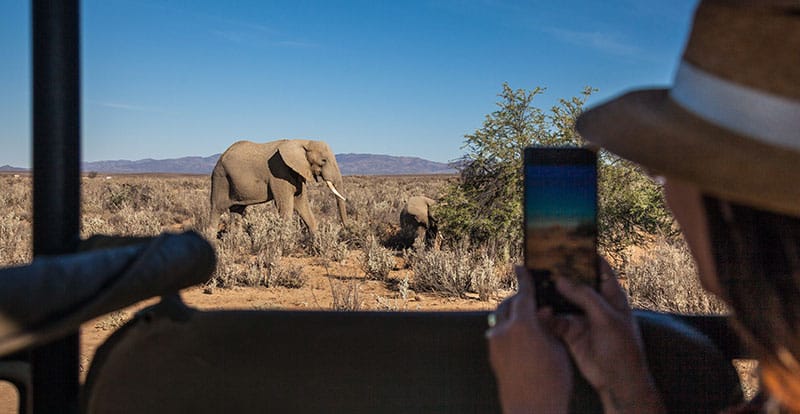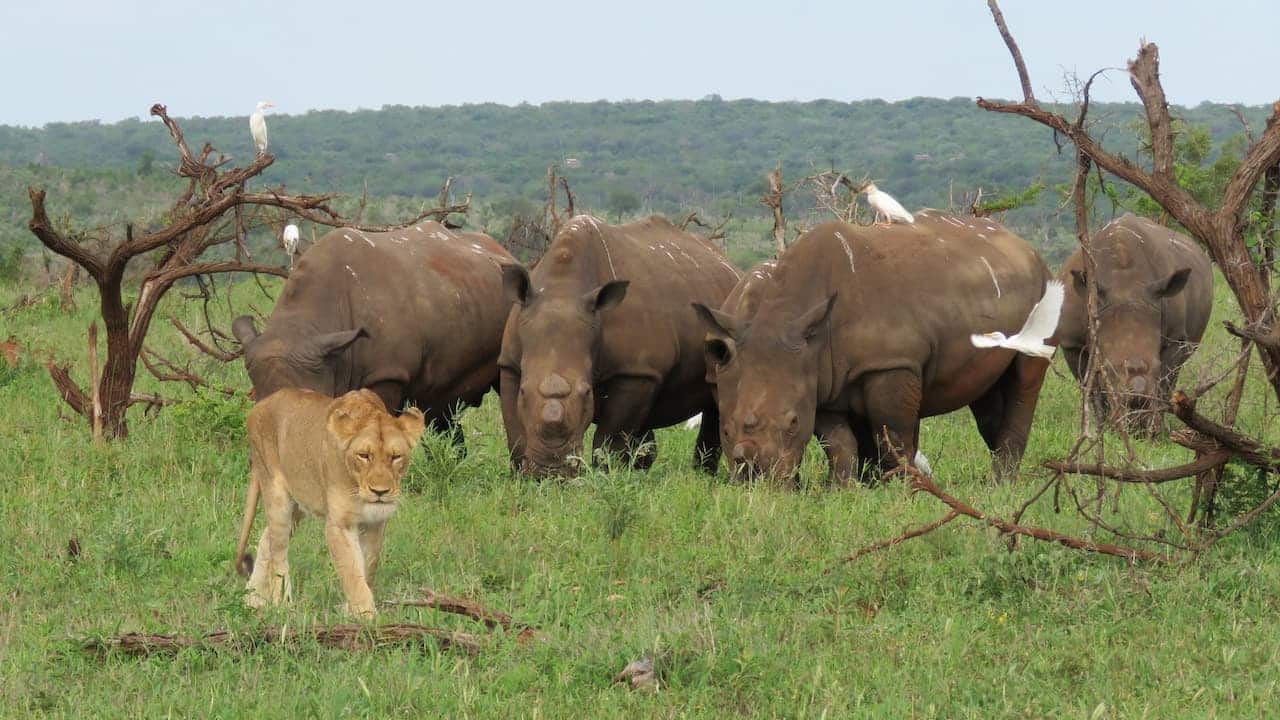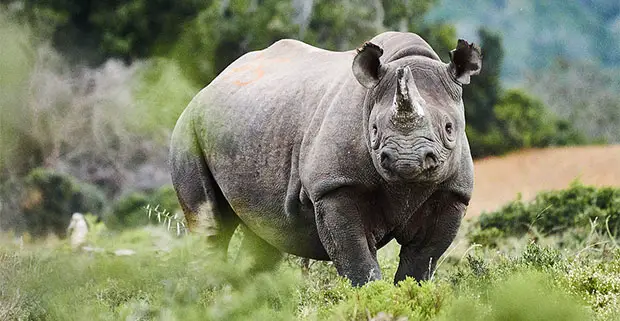Kruger Park 2017 Rhino Census
To mark World Rhino Day (22 September), fellow filmmaker Susan Scott and I were granted exclusive access to the 2017 Rhino Census, which took place in South Africa’s Kruger National Park. Here’s what we saw and learnt. By Bonné de Bod.
Susan and I have been working on an anti-poaching rhino feature documentary titled STROOP, which is due for release in early 2018, and we were delighted with this opportunity as it was the first time we had been given permission to observe the rhino census.
The counting procedure
It was incredible to witness and to better understand the census process. You might think that you go up in a helicopter, count the rhinos and the job is done; but it’s a lot more complicated than that. I have tried to observe and film this census count for four years and have begged SANParks every year to allow me to interview the scientists involved and see how it’s done.
Obviously, it’s a sensitive thing, not only counting the rhinos but witnessing their location and concentrations in the park. I am familiar with census counting of animals but even so, I spent a few weeks going through research papers and scientific journals to try and get my head around the scientific aspect of it all, which was arduous because what it really entails is using a scientific formula to work out how many rhinos there are.
Fortunately, I had the STROOP research team helping me get to grips with it and it did eventually all come together after a lot of reading, analysing and talking to a few scientists. Dr Sam Ferreira is the lead scientist behind the counting of rhinos in Kruger, he is the large mammal ecologist for SANParks and he heads up a team of observers – the people doing the actual counting. So three to four observers in a helicopter do the actual physical counting, and then these results get fed back to Dr Ferreira who uses this set formula to work out the total number of rhinos in the park. Rather complicated but great to finally be able to see it in action after reading all those dry research journals!

The method and formula
Obviously, a small reserve or farm with a few animals can count a small number by walking or driving around, but in the Kruger, total counts were done up until the late 1990s, meaning that the whole of the park was counted, from top to bottom. But we all know that it’s a massive area so you can imagine the time and money that went into a census like that and for some years the census wasn’t done at all because of these large-scale factors where the weather had to be perfect. But a total count doesn’t mean you will count the exact number of rhinos because a total count will give you a negative bias. You will never see and therefore never count all the rhinos in the park because they might be lying down or walking in the bush line and not observed. This means there are clear errors or biases that one has to consider. So scientists have figured out that it’s a far better spend of money and time to do a minimum percentage of the park using a method and formula which they feel give better results.
The specific counting method that SANParks and Dr Ferreira feel is the best for Kruger is called the ‘Block-counting method’ and the peer-reviewed scientific papers I thoroughly researched, gives a model where you can count between 40 -50 percent of the park which will then give a good estimate of actual numbers. So what Dr Ferreira does is to assign various blocks throughout the park which are 3×3 kilometres and then the observers search that block very intensely from the air. Last year they covered 41 percent of the park and Dr Ferreira advised that this year they counted 50 percent.
Also interesting is the flying method. The pilot doing a block-count must fly the blocks in a very structured way, flying narrow strips less than 200 metres apart. When the helicopter gets to the edge of the block the pilot doesn’t just simply turn around and fly back close to that strip, they need to fly further away on the edge, worked out to a set number so when they fly back down, no double counting of rhinos happens.
For this, the scientists have also worked in a bias percentage, again done scientifically. But whether you use total or block counting one will never get an exact number of rhinos, and we also have to bear in mind that it’s an estimate and even covering only 41-50 percent of the park costs around R1million and that cost doesn’t even cover the time of the observers, scientists or pilots.

Why the census matters
Firstly for management practices, you want the meta-populations (the smaller populations within the total population) to interact, disperse, breed and ultimately grow. Sometimes they do this on their own and sometimes you need to assist by moving rhinos from one area into another within the park system. In order to do this, one needs to know how many rhinos there are at any given time. There is also the need to know and understand the number of live rhinos in the park because of the poaching crisis and how this impacts the population. We cannot just be left knowing how many rhinos are poached – we must also know how healthy our living population is in terms of this terrible crisis.
Many NGOs and activists are questioning the number of rhinos left in the park, and we hear about it all the time from tourists visiting the park who say they aren’t seeing rhinos anymore. There also some critics out there, scientists, pilots, vets, who are questioning the number and method used in the park, and many of them say that the number of living rhinos left in the park is an exaggerated number. So quite a contentious issue although not the main reason why SANParks does the census. But they have told me that they hope by being so transparent about the counting method used will address people’s concerns.
Conclusion
Rhino numbers have been dropping year on year. Last year’s figure was an estimate of between 6 649 and 7 830 rhinos in Kruger for 2016 which was a 16-20 percent drop from the previous year’s numbers. These are last year’s results, so we still need to wait for the 2017 numbers which are still being collected. We expect the results to be released by the government early next year when they do their annual review report.
About the author: An award-winning television presenter and filmmaker, Bonné de Bod, is well-known for her in-depth reporting on wildlife and environmental issues. For nearly a decade, Bonné has presented in both Afrikaans and English on South African television. She has been on SABC’s 50|50 for seven seasons and now anchors and produces the popular series ‘Rhino Blog’ on DSTV’s People’s Weather. She is also a special correspondent for SABC’s Newsroom and kykNET’s Grootplaas. On the radio, Bonné updates monthly from the field to Radio Today, RSG and on her program ‘RenosterRadar’ on Groot FM. For more information connect with Bonné on Facebook, Twitter or Instagram.





